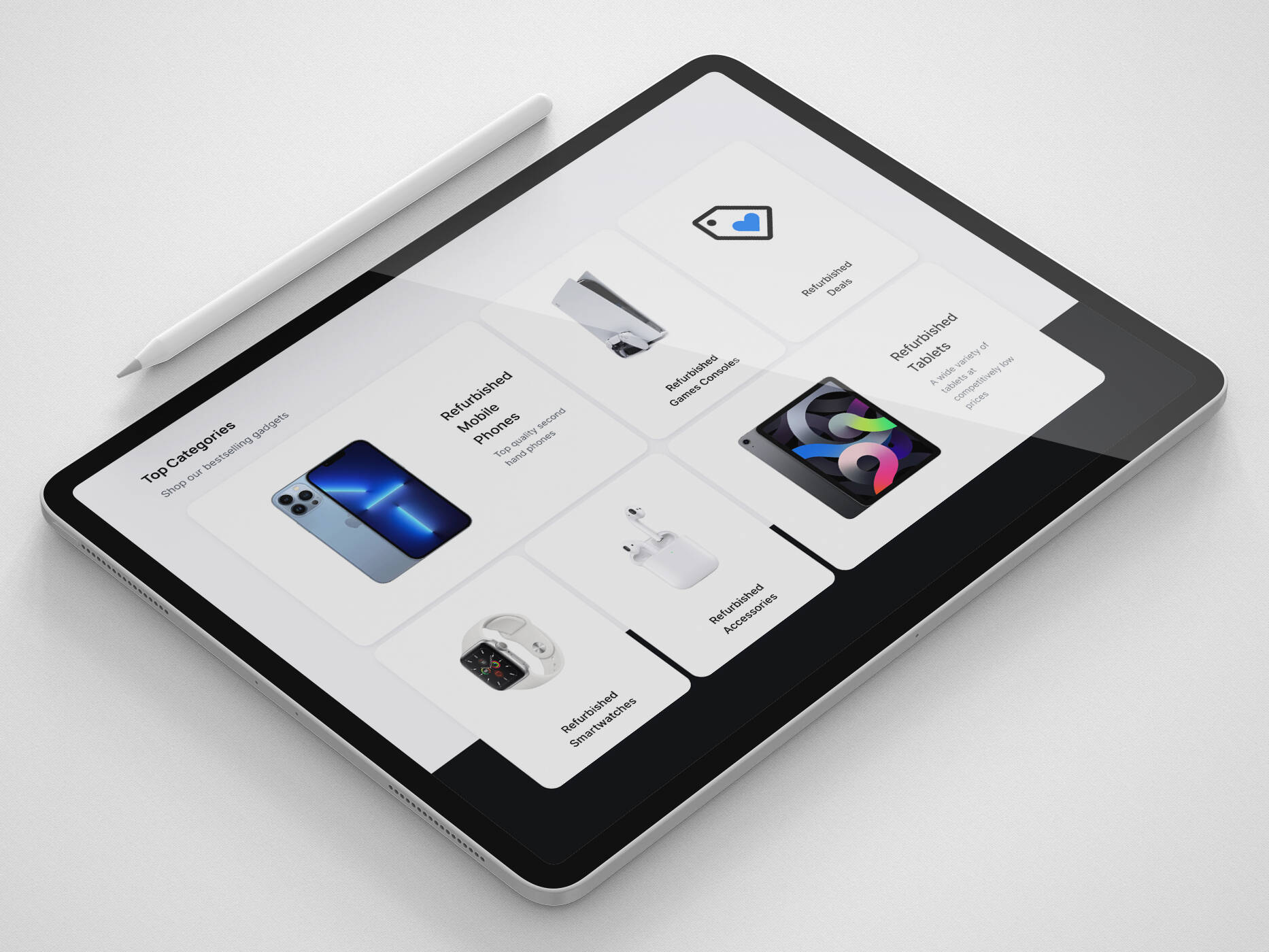In case you missed it, Google very recently announced that Penguin is now part of their core algorithm. So, what does that actually mean for your website?
What’s a Penguin?
Firstly, a quick reminder of what Penguin is all about. Introduced by Google back in 2012, it sought to see an end to the dark arts of black-hat webspam SEO.
The algorithm assesses the quality of inbound links to a website and attempts to figure out which are natural/spammy and penalises your website if you have a disproportionate number of low quality, inbound links.
Many websites fell foul of the new algorithm when it was rolled out – in some cases rightly so but others more inadvertently – many businesses for example had invested in paying SEO agencies for link building.
Google were only reviewing links periodically, maybe once or twice a year so even after removing low quality links to your site, recovery times could be frustratingly slow.
So, what’s changed?
Penguin is now real-time – changes will be visible much faster, typically taking effect shortly after Google re-crawl and re-index a page.
Penguin is now more granular – Penguin now devalues spam by adjusting ranking based on spam signals, rather than affecting ranking of the whole site.
So, all in all, good news. As soon as you get low quality links removed, Google will recognise this and adjust accordingly.
Which serves to highlight the importance of keeping a very close eye on your inbound links.
Monitoring inbound links
There’s a somewhat overwhelming plethora of tools that can do this for you. Some free, some cheap, some expensive, some reliable, some not-so-reliable.
I have two go-to tools (because one will generally miss some off the list and vice-versa). I take the links and whack them into my own spreadsheet.
Google Search Console – Grab your inbound links by going to ‘Search Traffic’ > ‘Links to your site’
Moz Open Site Explorer – enter your URL, download and merge them with your spreadsheet. Remember to remove any duplicates.
Identifying spammy links
Moz rather helpfully will provide indicators of the quality of the inbound links spam scores. But there’s no substitute for manually reviewing each link to see if it’s natural or from a low quality, irrelevant site.
If you need some help identifying which links you need to get rid of, check out Google’s guidelines on link schemes.
Removing spammy inbound links
You’ve identified you’re spammy links, now it’s time to get rid of them. Two options;
1. Contact the webmaster of the site and ask them to remove the link. This option can be slow and in a lot of cases, unsuccessful.
2. Use Google’s Disavow tool – this involves uploading the list of links/domains you wish to remove. You’re asking Google not to take these links into account when assessing your site.
It’s important to also keep in mind that updates like Penguin are just one of more than 200 signals Google use to determine rank.
To keep on top of the latest Google updates subscribe to the Google Webmaster Blog.
Got a question? Tweet us @iwebtweets
Get in touch
We know commerce, let us help you improve customer experience, increase conversion rates, and make that digital change.
- hello@iweb.co.uk

















